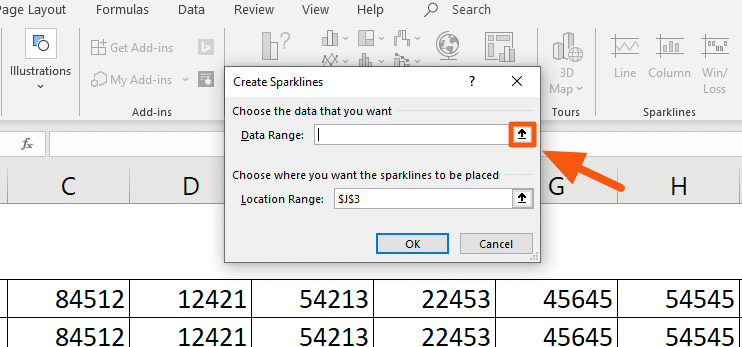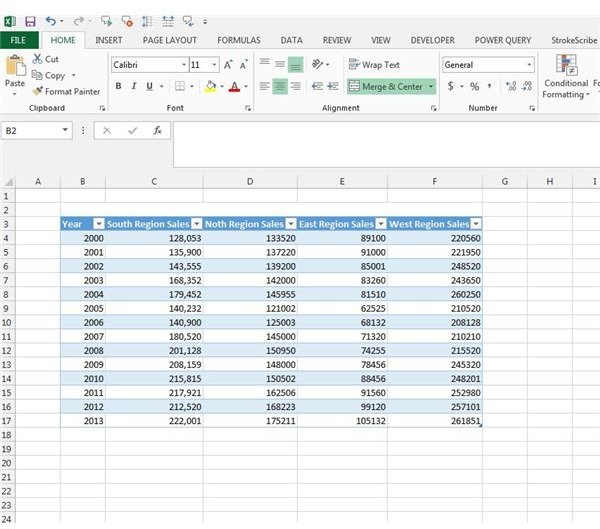
In the Type box, select “Linear” for now. On the Series dialog box, select whether you want the Series in Rows or Columns. Then, click the “Fill” button in the Editing section of the Home tab. To use the Fill command on the ribbon, enter the first value in a cell and select that cell and all the adjacent cells you want to fill (either down or up the column or to the left or right across the row). The Fill command is also useful if you’re filling a large number of cells, as you’ll see in a bit. If you’re having trouble using the fill handle, or you just prefer using commands on the ribbon, you can use the Fill command on the Home tab to fill a series into adjacent cells. You still have to select “Fill Series” from a popup menu, but that menu automatically displays when you stop dragging and release the right mouse button, so this can be a handy shortcut.įill a Linear Series into Adjacent Cells Using the Fill Command You can also click and drag the fill handle with the right mouse button instead of the left. Then, select those two cells and drag the fill handle until you’ve selected all the cells you want to fill.īecause you’ve given it two pieces of data, it will know the step value you want to use, and fill the remaining cells accordingly. Instead of entering just one number, enter the first two numbers in the first two cells. You can, however, do this without having to select Fill Series from the Auto Fill Options menu.

The other four 1s are replaced with 2–5 and our linear series is filled. In each linear series, you add (or subtract) the same step value. However, a linear series can also be a series of decimal numbers (1.5, 2.5, 3.5…), decreasing numbers by two (100, 98, 96…), or even negative numbers (-1, -2, -3). The simplest example of a linear series is 1, 2, 3, 4, 5. A linear series consists of numbers where the next number is obtained by adding a “step value” to the number before it. One way to use the fill handle is to enter a series of linear data into a row or column of adjacent cells.

We’ll show you how to fill various types of series of data using the AutoFill features. Instead of manually entering numbers, times, or even days of the week over and over again, you can use the AutoFill features (the fill handle or the Fill command on the ribbon) to fill cells if your data follows a pattern or is based on data in other cells.

This can save you a lot of time when entering sequential data in large worksheets and make you more productive. The Fill Handle in Excel allows you to automatically fill in a list of data (numbers or text) in a row or column simply by dragging the handle.


 0 kommentar(er)
0 kommentar(er)
